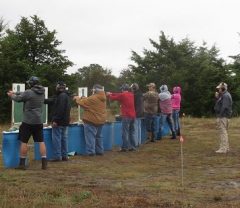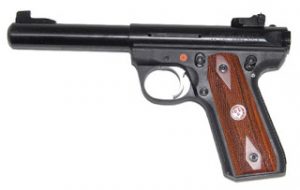Every two years, the Texas Legislature meets to create yet more laws to govern the populace. A variety of gun laws are included in that mix. Since those usually take three sessions (6 years) to reach the Governor’s desk, a few emerge from the “sausage factory” in July of every odd-numbered year, and take effect either the following September or January. The Texas Concealed Handgun License law has now been in effect for 21 years, but there have been numerous changes over that time, both to the process and to the underlying law. I hear every week from people who have incorrect ideas about either the process or the law, based on things they were told by a friend or relative. That is especially true lately, as there have been several major changes in the last four years.
Here are several important changes:
- The Concealed Handgun License (CHL) has been replaced by the License To Carry (LTC). The training and testing are essentially the same, but the new name reflects the new support for Open Carry.
- The training requirement has changed from 10 hours to 4 hours.
- The handgun one is certified to carry is no longer dependent on what you qualified on.
- Open Carry of a handgun is now allowed, except where restricted by either state law or private business policy, provided the handgun is in either a belt- or shoulder-holster.
- Private businesses may disallow concealed carry, open carry, or both, with proper signage (PC 30.06 and PC 30.07).
- The penalty for carrying a gun in a location posted with 30.06/30.07 signage has been reduced from a Class A Misdemeanor to a Class C.
- Churches are no longer automatically off limits, unless specifically posted.
- Persons caught with a gun in the security screening area of an airport are no longer automatically detained, but are given one chance to leave without argument.
- Citizens now have the right to report to the Attorney-General any tax-supported facility (other than schools) which improperly post notices under PC 30.06/30.07. These are typically city/county offices and city halls.
- Starting in August, 2016, all public 4-year colleges in Texas have to allow Concealed Carry in almost all areas of the campus (private colleges are exempt).
There are dozens of new gun laws in the pipeline, including such proposals as Constitutional Carry, arming poll workers, lowering the fees, and allowing .22 pistols for qualification. Those that survive the committee process will make it into law over the next few years.
Stay tuned.



